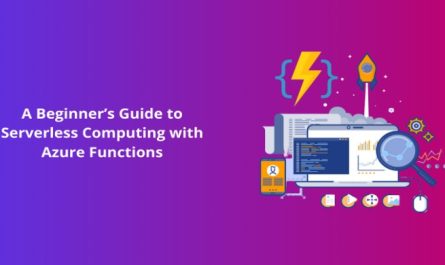Let’s be honest:
Most human services professionals didn’t choose their careers so they could become part-time data entry clerks.
But that’s exactly what happens when your systems don’t talk to each other.
One tab for case notes. Another for referrals. A spreadsheet for outcomes. A portal for billing. A shared drive for forms. And don’t forget the reporting tool you only open during audits—and immediately regret.
Welcome to digital chaos. And welcome to the reason integration is no longer a “nice-to-have” in human services case management software—it’s the foundation for efficiency, clarity, and, frankly, sanity.
KEY POINTS
Disconnected Systems Hurt More Than Just Workflow
You can’t serve clients holistically when your systems are working in silos. It leads to…
- Duplicated effort: Logging the same info three times in three different tools.
- Missed insights: No unified view means no data-driven decisions.
- Slower service: Delays happen when staff have to hunt for info or redo work.
- Burnout: Because nothing tanks morale like spending your day wrestling with software instead of supporting people.
The more your organization grows—or the more complex your services become—the bigger the integration gap gets.
The Case for Connecting Everything (Yes, Everything)
What happens when your human services case management software integrates seamlessly with your other tools?
You unlock real transformation:
– Centralized data – Intake to discharge, everything lives in one ecosystem.
– Real-time updates – Client info auto-syncs across programs and departments.
– Smarter decisions – Dashboards pull in metrics from multiple sources, so leadership isn’t making choices in the dark.
– Cleaner reporting – Funders get accurate data with less staff stress.
– Better client outcomes – Staff spend more time helping, less time juggling tabs.
And this isn’t a future-state fantasy. Platforms like Casebook are already offering configurable integrations designed specifically for community-focused organizations. That means you’re not duct-taping a solution together—you’re implementing one built for your world.
What Should You Be Integrating, Anyway?
Start with what your staff uses every day. The usual suspects include:
- EHRs and medical records (for health or behavioral health orgs)
- Billing and financial tools (QuickBooks, Sage Intacct, etc.)
- Scheduling and calendars (Google Calendar, Outlook)
- Communication tools (SMS, email platforms)
- CRM systems (especially for orgs managing donors, volunteers, or partners)
- Government data systems (for compliance or referrals)
The goal? Create a single source of truth for every client and every service path—without making staff re-enter data six different times.
What to Look for in Integration-Friendly Software
Not every case management tool plays nice with others. Here’s what matters:
– Open APIs – Your software should have documented, modern APIs that allow secure data exchange.
– Customizable workflows – Integration should enhance how your team already works, not force a full process reset.
– No-code/low-code tools – So you’re not locked into expensive dev work just to connect platforms.
– Smart mapping – It should be easy to map fields and sync information without needing a computer science degree.
The more configurable your human services case management software is, the easier it is to evolve as your tech stack grows—or your funding sources demand new kinds of reporting.
Final Thought: Integration = Freedom
Integration isn’t just about saving clicks. It’s about freeing your staff from tech friction. It’s about honoring their time and their purpose. And most of all, it’s about delivering better, faster, more connected support to the people and communities that rely on you.
The days of “just deal with it” tech stacks are over.
Modern human services orgs need systems that fit together—not fall apart under pressure.
